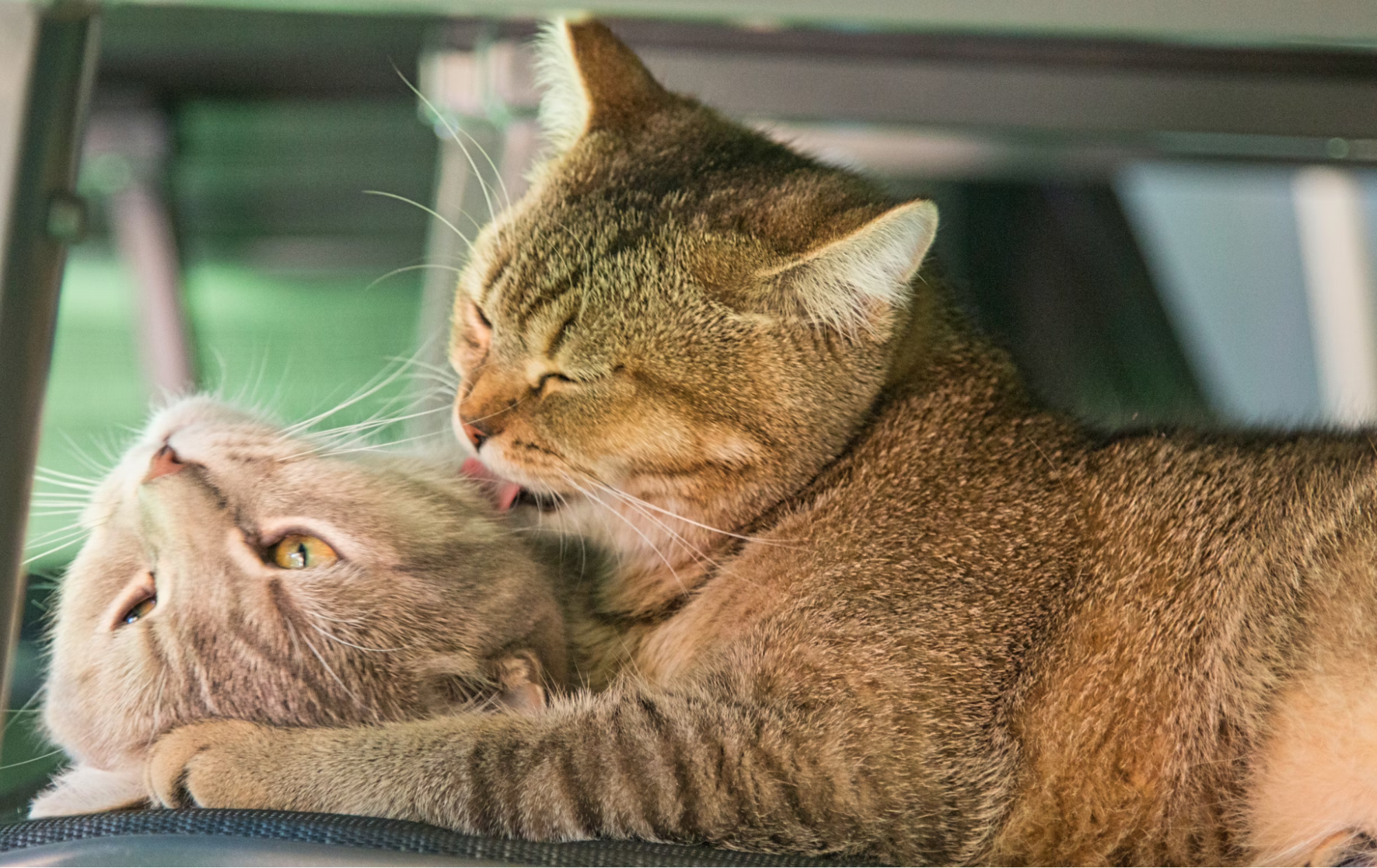Understanding how cats communicate is essential for any cat owner. Whether you're curious about how to speak in cat language or looking to improve your relationship with your feline friend, recognizing the various ways cats communicate can help foster a deeper bond. This guide will explore the different methods of how cats talk, from vocalizations to body language, and offer tips on improving communication between cats and their owners.
How Cats Communicate
Cats are expressive animals that use a combination of sounds, movements, and behaviors to convey their needs and emotions. Let's delve into the primary ways in which cats communicate with each other and with humans.
Vocalizations
One of the most recognizable forms of cat communication is through vocalizations. Cats use a variety of sounds to express themselves, including:
- Meowing: Typically directed at humans, meows can indicate hunger, greeting, or a desire for attention.
- Purring: Often associated with contentment, but can also occur when a cat is anxious or in pain.
- Hissing and Growling: Signals of fear, anger, or territorial behavior.
- Chirping and Trilling: Sounds often used by mother cats to communicate with their kittens, but also used by adult cats to show excitement or greet their owners.
Understanding these vocalizations is a crucial step in learning how to talk to your cat.
Body Language
Cats are also masters of non-verbal communication. Their body language can tell you a lot about their mood and intentions. Here are some key gestures:
- Tail Positions: A high, upright tail often signifies a happy and confident cat, while a tucked tail indicates fear or submission.
- Ear Movements: Forward-facing ears show interest, while flattened ears indicate fear or aggression.
- Eye Contact and Blinking: Slow blinking is a sign of trust and affection, whereas dilated pupils can indicate excitement or fear.
- Posture: A relaxed body means a relaxed cat, while an arched back and puffed fur signal that a cat feels threatened.
By observing these gestures, you can better understand how cats communicate their feelings.
Speaking in Cat Language
Learning how to speak in cat language can significantly enhance your relationship with your feline companion. Here are some tips on mimicking cat sounds and understanding their gestures.
Tips for Mimicking Cat Sounds
While you might not be able to purr like a cat, you can still communicate effectively by:
- Mimicking Meows: Responding to your cat's meows with similar tones can encourage interaction. Pay attention to the pitch and length of their meows.
- Using Trills and Chirps: Imitating these sounds can get your cat's attention and show them you're engaging in their preferred form of communication.
By attempting to replicate these sounds, you can learn how to talk to your cat in a way they understand.
Understanding Cat Gestures
Just as important as vocal sounds are the physical gestures cats use:
- Mirroring Movements: Reflect your cat's movements, such as slow blinking or head rubbing, to build rapport.
- Respecting Boundaries: Recognize when your cat needs space and avoid forcing interactions. This respect helps build trust and improves communication between cats and their owners.
Being mindful of these gestures will help you comprehend how cats communicate with each other and with you.
Improving Communication with Your Cat
Effective communication with your cat goes beyond understanding their language. It involves building a strong bond and responding appropriately to their cues.
Building Trust and Bonding
Establishing trust is key to a successful relationship with your cat. Here are some tips:
Consistent Routines: Cats thrive on routine. Regular feeding times, play sessions, and grooming can help build trust.
Positive Reinforcement: Reward your cat with treats and affection when they engage positively with you. This encourages good behavior and strengthens your bond.
Through these practices, you'll not only improve your ability to talk to your cat but also foster a deeper connection.
Responding to Cat Cues
Being responsive to your cat's cues is essential for effective communication. Here's how:
- Acknowledging Their Signals: Pay attention to your cat's body language and vocalizations. Responding appropriately to their needs, whether it's for food, play, or affection, shows that you understand them.
- Providing a Safe Environment: Ensure your cat feels secure in their environment. This includes having hiding spots, scratching posts, and comfortable resting areas.
By responding to your cat's cues, you demonstrate that you respect their form of cat communication, which can lead to a more harmonious relationship.
Understanding how cats communicate is a rewarding endeavor that enhances the bond between you and your feline friend. By learning how to talk to your cat through vocalizations and body language, and by building trust and responding to their cues, you can create a loving and communicative relationship that benefits both you and your cat.
As we have seen, cats communicate through a combination of vocalizations, body language, and scent markings, making it essential to keep their environment clean and stress-free. For this purpose, to ensure the best home environment for your little furry one Sanicat Classic 7-day Freshness Aloe Vera litter is an excellent choice. This highly absorbent mineral litter uses the natural power of oxygen to break down any source of bad odors, ensuring that what happens in the litter stays in the litter. Its formula naturally eliminates bad odors for at least 7 days, without generating dust or leaving stains, and it is gentle on cats' paws. Additionally, its high absorption capacity effectively covers urine and feces, providing a more hygienic appearance to the litter box. With Sanicat 7 Days Freshness, a single portion of litter is enough to maintain the litter box's hygiene for a week, which means less waste and more cleanliness, benefiting both your cat and your home.

